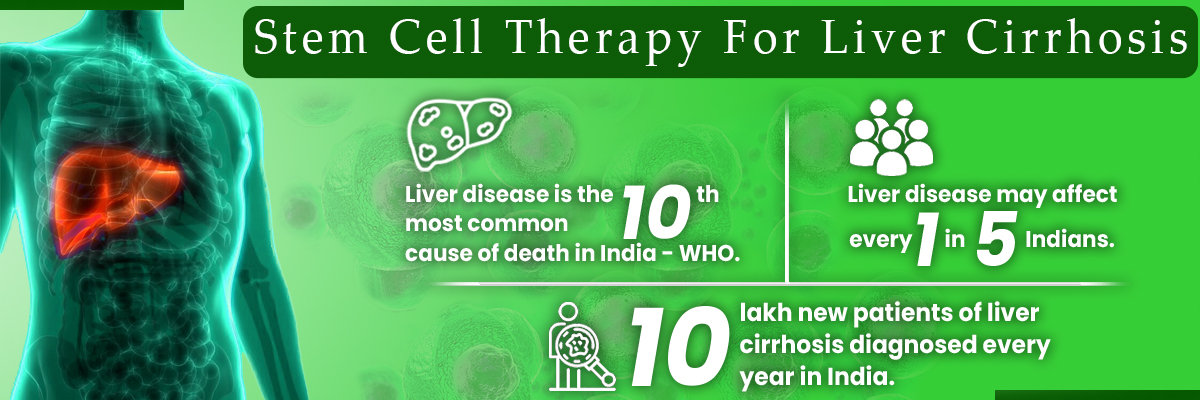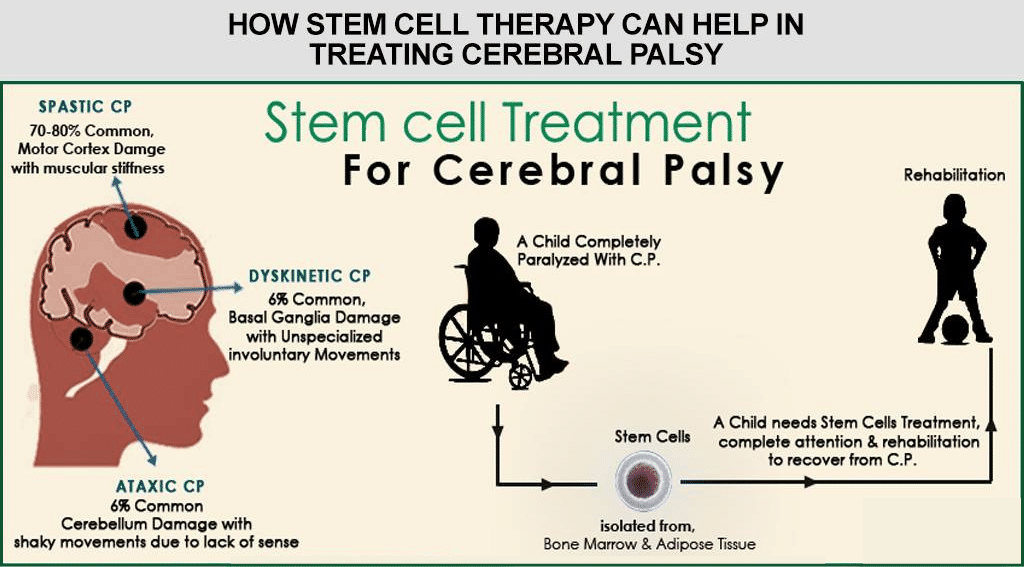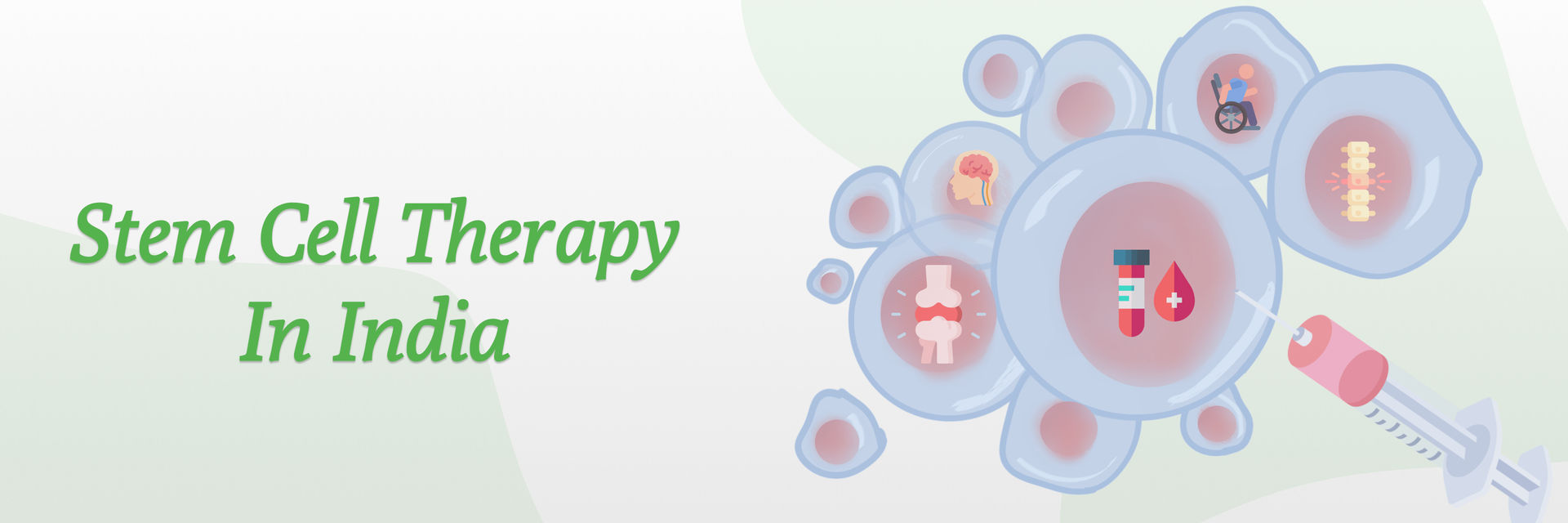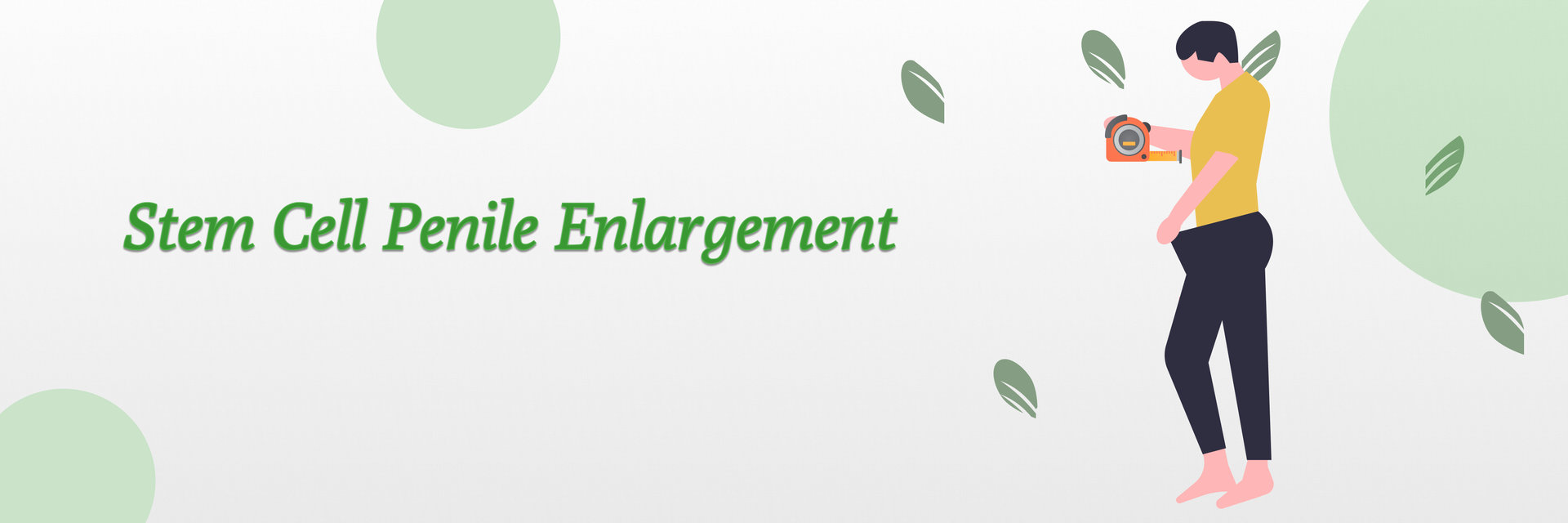Overview
Osteoporosis is a condition that weakens bones, increasing fracture risk, especially in the hip, spine, and wrist. Millions of people globally have osteoporosis. From some studies, it is found that the prevalence of osteoporosis worldwide is estimated to be 18.3%. According to the National Osteoporosis Foundation, over 54 million people in the U.S. either have this condition or could develop it. While current treatments can only manage it, there's no cure yet. However, there is new hope with stem cell therapy, an exciting new treatment that might be able to repair bones and make them stronger.
Dr. Pradeep Mahajan, a renowned expert in regenerative medicine, has been pioneering stem cell treatments for various conditions, including osteoporosis, offering a potential breakthrough for bone repair and strengthening.
Let's delve deeper into this exciting research and explore how stem cells might offer a solution for those living with osteoporosis.
Does Stem Cell Therapy Work for Osteoporosis?
Stem cells are the body's master builders, with the potential to transform into bone cells. Researchers are exploring whether these cells can rebuild bone density in osteoporosis patients.
Early Results Look Promising!
Recent studies show stem cell therapy might improve bone density. However, this is a new field, and more research is needed.
Stem cell therapy, a reliable treatment for osteoporosis, has assisted patients globally for decades. Many stem cell hospitals and healthcare experts worldwide recommend this approach. Despite ongoing research, this method has benefited numerous patients and shown safety and effectiveness in various studies for different conditions.
Pros: Stem cells could reduce fracture risk and improve bone health.
Cons: The therapy is expensive, not widely available, and long-term effects are still being studied.
Consult your doctor before considering stem cell therapy for osteoporosis. Take the first step towards better health and contact us today!
Please note- Stem cells show promise for reversing osteoporosis but are not yet a cure, requiring further research and clinical trials to verify their safety and effectiveness.
Ever wondered what kinds of stem cells are leading the charge against osteoporosis?
Types of Stem Cells Used in Osteoporosis Treatment
Osteoporosis treatment is evolving, and stem cell therapy is at the forefront of innovative approaches.
Type of Stem Cell | Source, Benefits, and Usage |
| Mesenchymal Stem Cells (MSCs) Source: Bone marrow, fat tissue, umbilical cord blood Benefits: Ability to differentiate into bone cells and other tissues, promising for bone regeneration Usage: Extensively studied; used in clinical trials for bone healing and density improvement |
| Hematopoietic Stem Cells (HSCs) Hematopoietic Stem Cells (HSCs)Source: Bone marrow, umbilical cord blood Benefits: Essential for bone marrow transplants, indirectly influences bone health through blood cell formation Usage: Less used for osteoporosis directly; vital for overall bone marrow health |
| Adipose-Derived Stem Cells (ADSCs) Source: Fat tissue, often via liposuction Benefits: Easier to harvest than MSCs, similar potential to differentiate into bone tissue Usage: Used increasingly for bone diseases due to easy access and high proliferation rate |
| Induced Pluripotent Stem Cells (iPSCs) Source: Lab-created from adult cells reprogrammed to an embryonic-like state Benefits: Unlimited supply, can become any cell type including bone cells Usage: Largely experimental; potential for personalised medicine but with regulatory and safety challenges |
While stem cell therapy holds promise, current treatments for osteoporosis remain essential. Schedule an appointment to understand the best options for managing your case.
Please note: Stem cell for osteoporosis is a promising but developing field. While MSCs and iPSCs are leading the charge, more research is needed before widespread use becomes a reality.
Are you wondering who can benefit from stem cell therapy for osteoporosis? Not everyone with osteoporosis is a candidate for this advanced treatment. Read ahead for a better understanding.
Eligibility for Stem Cell Therapy for Osteoporosis
As stem cells for osteoporosis are still being studied, there aren't set rules yet for who can get it. But as research continues, some things that might be looked at to decide who can get it in the future could be
- Osteoporosis Severity: The type and severity of your osteoporosis might play a role in determining candidacy.
- Overall Health: Your general health and ability to manage potential side effects would likely be assessed.
- Age: Age limitations might exist depending on the specific stem cell therapy approach used.
As research progresses, eligibility criteria for stem cell therapy in osteoporosis will likely become more established.
Curious about what stem cell therapy can offer for osteoporosis treatment? Let's explore the potential benefits and risks of stem cell therapy for osteoporosis.
Benefits and Risks of Stem Cell Therapy for Osteoporosis
Osteoporosis weakens bones, increasing fracture risk. Traditional treatments exist, but stem cell therapy offers a glimpse of a revolutionary approach. However, every new treatment has two sides of the coin.
Aspect | Benefits | Risks |
| Bone Density | - Potential for significant improvements in bone density and structure, reducing fracture risk. | - Ineffectiveness: May not improve bone density or repair tissue as expected. |
| Tissue Regeneration | - Can potentially regenerate damaged bone tissue, offering a comprehensive treatment solution. | - Long-Term Safety: Unknown long-term effects, including potential cancer risks from cell mutations. |
| Pain and Mobility | - Could reduce pain and enhance mobility, improving quality of life. | - Adverse Reactions: Possible negative reactions to stem cells or their delivery medium. |
| Procedure | - Minimally invasive, often involving simple injections or infusions. | - Infection Risk: Injection sites may become infected; potential introduction of pathogens during cell manipulation. |
| Cost | - No direct benefits; however, treatment success could offset long-term healthcare costs. | - High cost: Typically expensive and not always covered by insurance, which can be a financial burden. |
Thinking about stem cell therapy for osteoporosis but worried about the price? Let's read further!
Cost of Stem Cell Therapy for Osteoporosis
Stem cell for osteoporosis is still under investigation, and there's no established pricing yet.
- Cost Considerations:
Generally it ranges from 8,000 USD to USD 12,000. The cost varies based on factors like the type of stem cells used, how complex the procedure is, and where it's done.
- Availability Challenges:
Because stem cell therapy for osteoporosis is still relatively new, it might not be offered at many healthcare centers. This limited availability could also affect how much it costs.
Connect with us to know more about this treatment.
Wondering if stem cell therapy can tackle all types of osteoporosis? Let's explore how this innovative therapy applies to different osteoporosis types.
Stem Cell Therapy for Different Types of Osteoporosis
stem cell therapy holds promise, but its effectiveness across various types of osteoporosis is still being explored.
| Type of Osteoporosis | Stem Cell Approach |
| Postmenopausal Osteoporosis (Type I): Caused by estrogen deficiency after menopause, leading to rapid bone loss. Stem Cell Approach: Focuses on MSCs to help regenerate bone tissue and slow bone density reduction.
|
| Senile Osteoporosis (Type II): Occurs in both genders after age 75, due to decreased osteoblast activity and poor calcium absorption. Stem Cell Approach: ADSCs and MSCs are researched for their ability to enhance bone formation and calcium incorporation. |
| Secondary Osteoporosis: Resulting from other medical conditions like hyperparathyroidism or long-term medication use. Stem Cell Approach: Customized treatments using MSCs or iPSCs to target underlying causes and repair bone tissue.
|
| Idiopathic Juvenile Osteoporosis: Rare form affecting children; causes unknown.
Stem Cell Approach: iPSCs are under study for their potential to develop into bone-forming cells and restore skeletal integrity.
|
Procedure of Stem Cell Therapy for Osteoporosis
Stem cells offer hope for osteoporosis, but the treatment is still under development.
- Cell Collection: Doctors might take a small sample of stem cells, likely from bone marrow or fat tissue.
- Cell Prep: In a lab, the stem cells are processed and potentially multiplied to boost their bone-building potential.
- Delivery: Stem cells are injected directly into the affected bone or through a blood vessel.
- Monitoring: After the procedure, you'll be monitored for side effects and your doctor will track bone health progress.
Please Note: This is a simplified glimpse of future. The actual procedure and long-term effects are still being researched.
What to Expect After Stem Cell Therapy for Osteoporosis?
- Immediate after treatment: Close monitoring for side effects and some rest might be needed.
- Weeks & Months: Regular doctor visits and bone density scans track progress. Maintaining a healthy lifestyle remains key.
- Long-Term: Improved bone health is the goal, but continued osteoporosis management might be necessary.
Contact us for personalized advice. Current treatments are still crucial.
How Successful is Stem Cell Treatment for Osteoporosis?
Stem cell treatment for osteoporosis is an area of ongoing research, and while the results from animal studies are promising, data in humans is still limited.
- Research: Scientists are still learning about using stem cells for osteoporosis. While animal studies look good, we need more data from humans. Studies are checking if stem cells can help with osteoporosis, reduce pain, improve movement, and strengthen bones. The FDA hasn't approved most stem cell treatments for osteoporosis yet. They're still being studied.
While stem cell therapy holds promise for osteoporosis treatment, it’s essential to recognize that it’s still in its early stages. Current management primarily relies on medications and lifestyle adjustments.
Reference:






